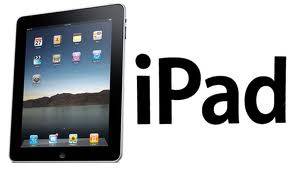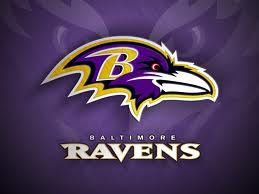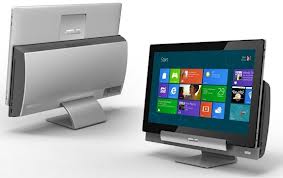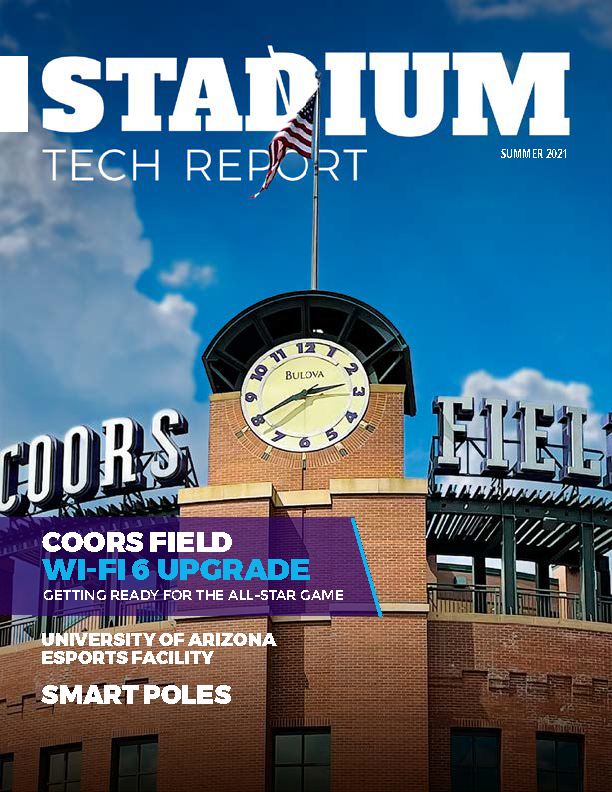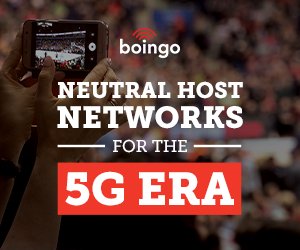Microsoft’s Surface tablets are still trying to find its footing in the market months after a steady media buildup that ended with the huge rollout event held last October. The holiday season did not bring the joy that executives might have been hoping for in terms of volume sales, according to recent analyst reports.
According to a piece in Business Insider, Brent Thill the managing director and senior analyst at UBS’s Software Group has released his latest estimation on the Surface’s sales dueling the just completed holiday quarter and the news is not good. He estimates that Microsoft sold approximately 1 million of the Surface RT devices, and that is 1 million less than he had originally estimated. . According to the piece Thill also was critical of Microsoft’s distribution effort that initially had a limited national coverage and so made it more difficult to purchase the devices.
To add insult to injury is the estimation that Apple, the company with the falling stock due to poor perceived performance, is expected to have sold 20 million iPads during that same period. Of course Apple is an established player in this space and Microsoft is trying to carve a new space for itself but that is still a telling number.
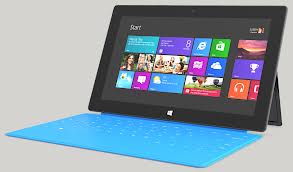
There are some issues with the Surface, some of which will be taken care of in the future and some who knows. The new operating system, Windows 8, is a big leap from previous offerings with a wide array of differences that could cause people to have second thoughts on purchasing the device. Or they could simply be waiting for the version of the Surface tablet that runs on Intel rather that ARM processors Maybe they are waiting for a larger ecosystem of apps to be available. Then again maybe consumers simply do not like the platform.
However it is not all bad news from USB. Thill said that he expects the next version of the Surface, the Surface Pro, to have a good deal more success, particularly in the business world. This platform will run on Intel processors and be compatible with existing desktop and mobile apps for Windows.

